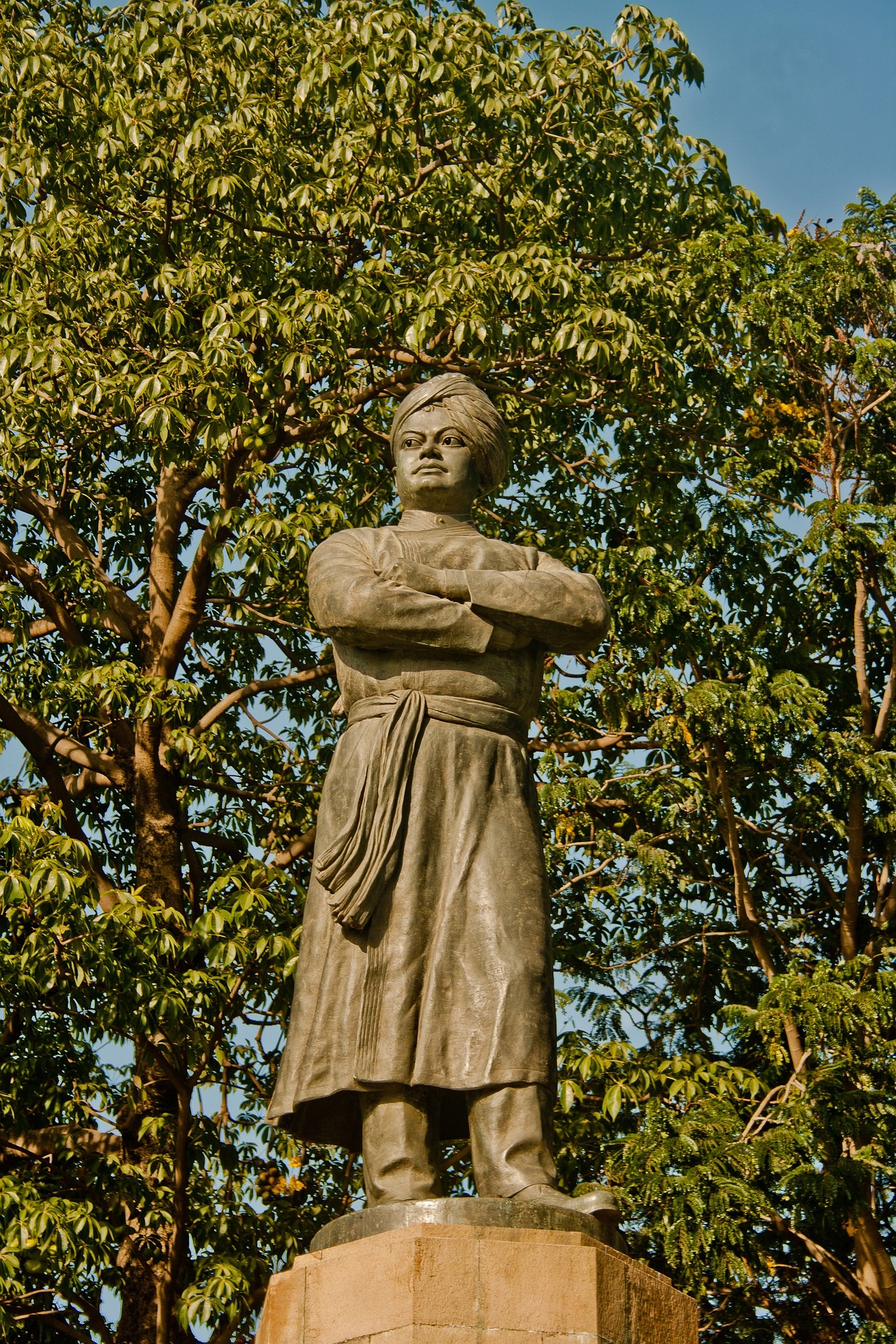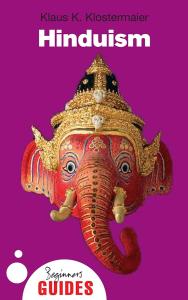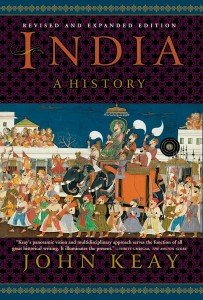Review of Bhakti-Yoga: The Yoga of Love and Devotion
by Swami Vivekananda
An Exploration of Spiritual Devotion and Its Modern Relevance
Swami Vivekananda’s Bhakti-Yoga: The Yoga of Love and Devotion, published by Vedanta Press & Bookshop in 1978, continues to inspire readers with its luminous exposition of the path of devotion in Hindu philosophy. This slender yet profound volume presents not only the mechanics of bhakti-yoga but also probes deeply into the ethics, psychology, and ultimate aims of spiritual love. This review will critically examine the structure, arguments, literary style, and philosophical nuances of the work, as well as its place in both Vivekananda’s oeuvre and the broader context of spiritual literature. A brief biography of Swami Vivekananda will also be included to provide context for the work within the framework of his remarkable life and mission.
Biography of the Author: Swami Vivekananda
 Swami Vivekananda, born Narendranath Datta in 1863 in Kolkata, India, was a foremost disciple of the mystic Ramakrishna Paramahamsa. Raised in an intellectually vibrant and spiritually inclined family, Vivekananda was exposed to Western philosophy, science, and literature at a young age; yet, he was drawn to the spiritual traditions of his homeland. The passing of his father plunged the young Narendra into a financial and existential crisis, during which he gravitated ever closer to Sri Ramakrishna, whose mystical experiences and emphasis on direct spiritual realization left a lasting impression.
Swami Vivekananda, born Narendranath Datta in 1863 in Kolkata, India, was a foremost disciple of the mystic Ramakrishna Paramahamsa. Raised in an intellectually vibrant and spiritually inclined family, Vivekananda was exposed to Western philosophy, science, and literature at a young age; yet, he was drawn to the spiritual traditions of his homeland. The passing of his father plunged the young Narendra into a financial and existential crisis, during which he gravitated ever closer to Sri Ramakrishna, whose mystical experiences and emphasis on direct spiritual realization left a lasting impression.
After Ramakrishna died in 1886, Vivekananda and a group of brother disciples began a life of monastic discipline. In 1893, Vivekananda traveled to Chicago to participate in the World’s Parliament of Religions, where his speech, starting with “Sisters and Brothers of America,” electrified the audience and introduced Hindu spirituality to the Western world in an unprecedented way. His subsequent years in the West were marked by lectures, writings, and the founding of Vedanta societies, all of which aimed at bridging the gap between Eastern and Western spiritual thought. Vivekananda’s teachings continue to resonate, not just as religious doctrine but as a living philosophy for humanity.
Overview of Bhakti-Yoga: The Yoga of Love and Devotion
Bhakti-Yoga is the third segment of Vivekananda’s quartet on yogic disciplines (the others being Raja-Yoga, Karma-Yoga, and Jnana-Yoga). In this work, he focuses on the path of spiritual love—bhakti—as both means and end of religious life. Drawing upon classical Hindu texts such as the Bhagavad Gita and the Narada Bhakti Sutra, Vivekananda addresses the nature of love, the gradations of devotion, the dangers of dogmatism, and the transformative power of selfless surrender.
Critical Analysis
Structure and Organization
The book unfolds as a series of essays, lectures, and reflections. Vivekananda employs a didactic style, beginning with definitions of bhakti and its place among the Yogas, before branching into practical advice, philosophical debates, and scriptural citations. Although the structure may seem loosely connected, it reflects the oral tradition from which these teachings often originated. Each chapter is self-contained, yet together they build a cumulative argument for the universality and supremacy of love as a spiritual ideal.
Philosophical Depth
Vivekananda’s exposition is marked by both clarity and profundity. He distinguishes between lower (sakam) and higher (nishkam) forms of devotion, the former driven by desire, the latter by pure, selfless love. The highest bhakti, he argues, is a complete absorption in the divine, a love that asks for nothing and gives all. In his hands, bhakti is not mere emotionalism but a disciplined, transformative process paralleling the rigor of Raja-yoga or the inquiry of Jnana-yoga.
The most compelling sections are those where Vivekananda addresses the interplay between reason and love. He insists that true devotion is not blind; it is founded upon knowledge and discrimination. Devotion, when properly understood, is not the enemy of reason but its culmination—love purified of selfishness and directed toward the highest ideal.
Universalism and Tolerance
A hallmark of Vivekananda’s thought is his universalism. Bhakti-Yoga is no exception. He draws parallels between Hindu devotional practices and those in Christianity, Islam, and other religious traditions. He urges the reader to rise above sectarianism, to see all sincere paths as valid approaches to the divine. This ecumenical spirit is especially relevant in today’s polarized world. Yet, Vivekananda does not shy away from critiquing dogmatism and narrow-mindedness wherever he finds them.
Practical Spirituality
Vivekananda’s genius lies in making the abstract tangible. He provides readers with practical exercises, such as repetition of the divine name, rituals, and meditative practices. He warns against ostentation and emotional excess, favoring instead the cultivation of steady, unwavering love and the gradual expansion of the heart. Bhakti-Yoga is both a philosophical treatise and a spiritual manual, its advice as accessible to the layperson as to the seasoned aspirant.
Critique: Strengths and Shortcomings
While Bhakti-Yoga is unquestionably inspiring, it is not without its limitations. The prose—while elegant and passionate—occasionally lapses into abstraction. Some chapters assume a familiarity with Hindu concepts that may be challenging for newcomers. The arguments, though forceful, can sometimes feel circular; Vivekananda repeatedly asserts the supremacy of bhakti, but leaves open questions about its reconciliation with other yogic paths.
Another shortcoming, perhaps, is the lack of engagement with dissenting voices. Vivekananda’s broad-mindedness is evident, but the work would be enriched by more dialogue with critics or alternative viewpoints within the Hindu tradition itself. Still, these flaws are minor compared to the book’s overall depth and vision.
Literary Style
Vivekananda’s style is at once direct and poetic, suffused with the fervor of a preacher and the clarity of a philosopher. His analogies—such as likening love to both the means and the end or comparing the soul’s longing to the separation of a lover from the beloved—evoke the mystical poets of India. At times, his language soars; at others, it grounds the reader with practical wisdom. The blend of scholarship, scriptural citation, and personal insight makes for a rich reading experience.
Relevance in the Modern World
In an era marked by spiritual searching and religious conflict, Bhakti Yoga remains profoundly relevant. Vivekananda’s vision of a universal, nonsectarian path of love challenges both religious exclusivism and spiritual apathy. His insistence on the purity of motive, the necessity of reason, and the transformative potential of love are messages as vital now as they were in his tumultuous era.
The book has found a home not only in Hindu communities but among seekers worldwide. Its emphasis on inner transformation, ethical living, and the unity of all paths continues to attract readers from diverse backgrounds.
Conclusion
Bhakti-Yoga: The Yoga of Love and Devotion stands as a luminous testament to Swami Vivekananda’s enduring legacy—a fusion of spiritual insight, philosophical rigor, and practical advice. It challenges the reader to rise above the narrow confines of ritualism and dogma, inviting all to partake in the transformative power of love. While not without its challenges for the modern reader, its message remains universal and its wisdom timeless. For those interested in the deeper currents of Indian spirituality or simply in cultivating profound love, this work remains essential reading.






